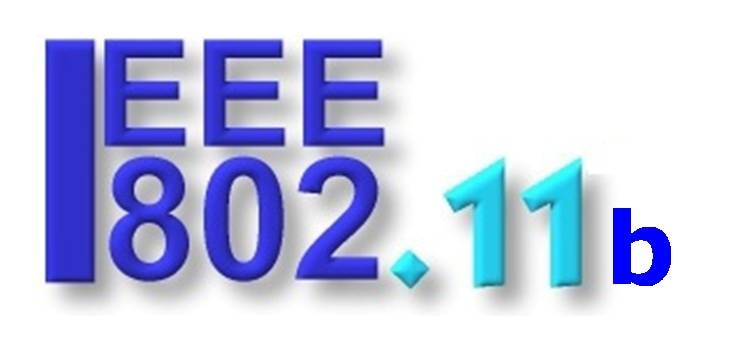What is IEEE 802.11b Wireless LAN(WLAN) technology?
802.11b (also referred to as 802.11 High Rate or Wi-Fi) is an IEEE standard and an extension to 802.11 that applies to wireless LAN's and provides 11 Mbps transmission (with a fallback to 5.5, 2 and 1-Mbps) in the 2.4 GHz band. 802.11b was a ratification to the original 802.11 standard, allowing wireless functionality comparable to Ethernet.


Using 802.11b Wireless LAN (WLAN) Technology will be most suitable in following conditions:
• When range requirements are significant:
For larger facilities, such as a warehouse or department store, 802.11b will provide the least costly solution because of fewer access points.
• When you already have a large investment in 802.11b devices:
The relatively high costs associated with migrating from a large-scale 802.11b system to 802.11a will be difficult to sell to the company's financial decision makers.
• When End users are sparsely populated:
If there are relatively few end users that need to roam throughout the entire facility, then 802.11b will likely meet performance requirements because there are fewer end users competing for each access point's total throughput. Unless there are significant needs for very high performance per end user, then 802.11a would probably be overkill in this situation.
Thank you for your feedback!
Please answer all questions.





